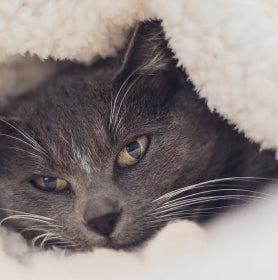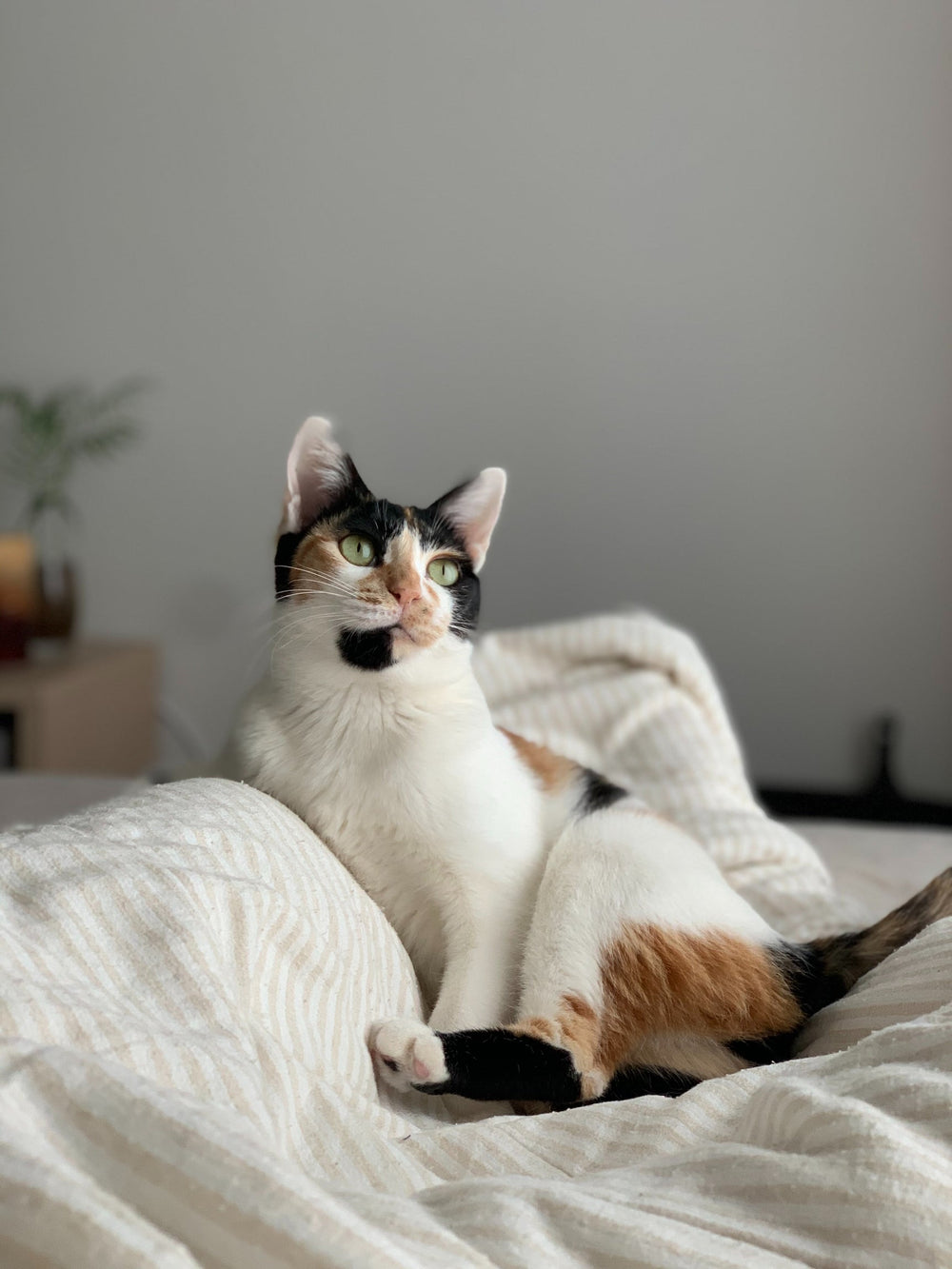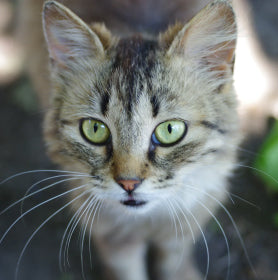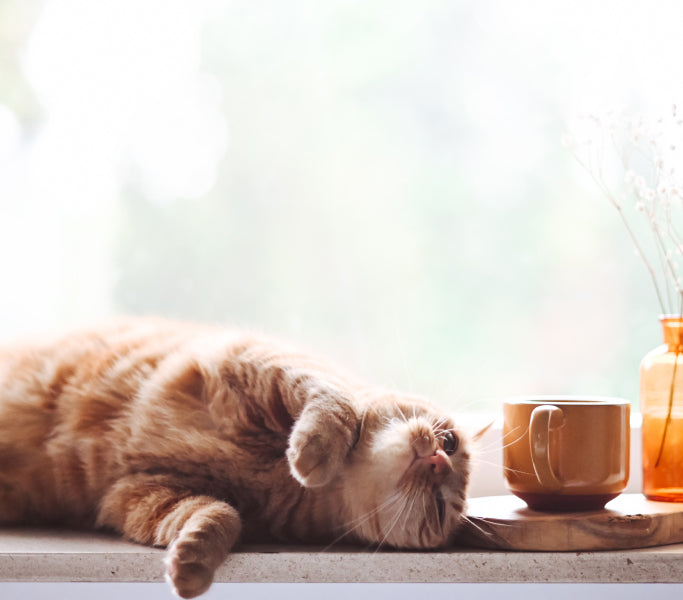Understanding your cat's anatomy
The anatomy of domestic cats hasn’t changed in thousands of years. Their bodies are built around their dietary needs as carnivores and they have fundamentally different eyesight, sense of smell and hearing when compared to dogs.
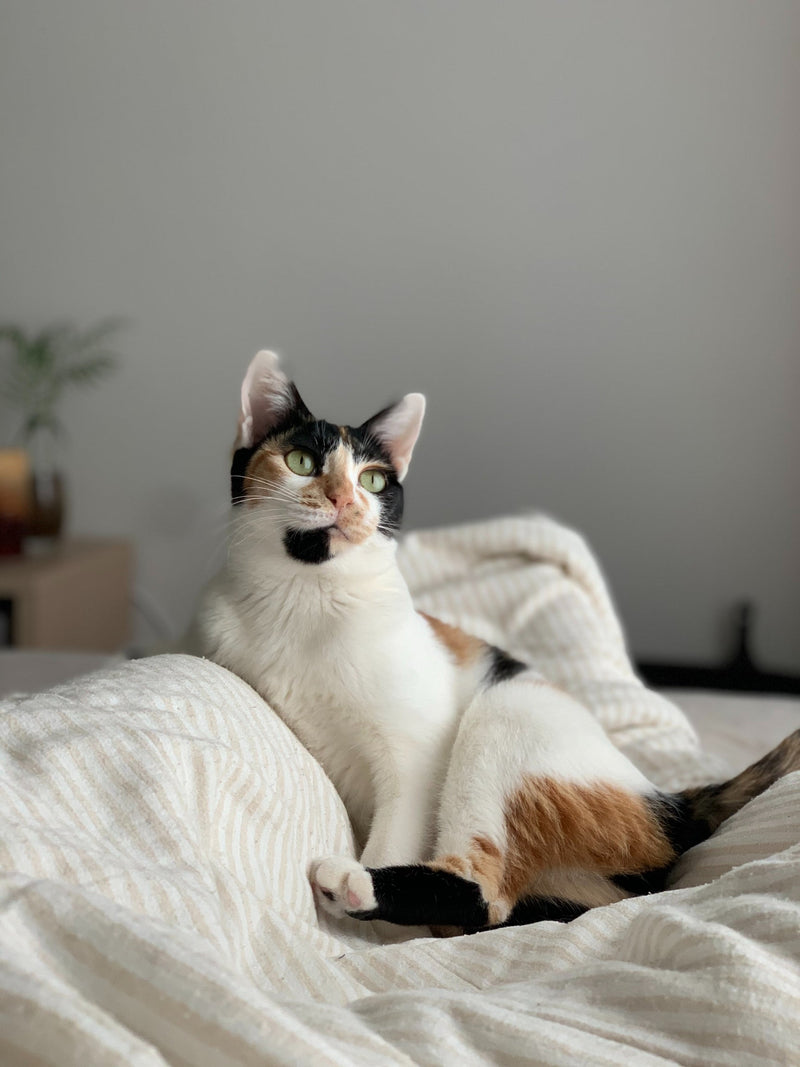
Obligate Carnivores
In a study on cat’s DNA, researchers found fat-metabolising gene mutations in cats that gives them the ability to digest fatty meals of animal protein. Cats require additional essential nutrients compared to dogs and humans. These include arachidonic acid, arginine, taurine, Vitamin A, Vitamin D, Vitamin B3. While humans can take betacarotene and convert this in our bodies to Vitamins A, cats lack the enzymes to do this. In fact, cats lack the ability to convert any of these nutrient precursors and so must eat these exact nutrients. These nutrients are found in meat. This means cats are Obligate Carnivores – they must eat meat to be able to get their daily nutrition.
Small Stomach
Cats are known for being solitary hunters who do not store food, meaning they often prefer food that is room temperature. They have a small stomach, so they tend to eat small meals very often. In fact, they will make up to 20 hunting attempts each day. They also hunt for fun, so will hunt even when they are not hungry.
No Enzymes
Most mammals produce enzymes in their mouth, but cats do not. This reflects their expected diet of meat and organs from prey, rather than consuming carbohydrates like omnivores and herbivores.
No Chewing
Cats have 30 sharp teeth that are used for cutting and tearing and they also have no sideways movement in their jaw. So rather than chewing, cats shear off portions of food, then swallow these chunks. And because they don’t chew their food the same way dogs and humans do, they also have tooth enamel that is ten times thinner than humans.
No Sweet Stuff
Cats cannot taste ‘sweet’ flavours, so they will not appreciate being given a sweet treat. A healthy cat treat that is high in protein is a much better option for your cat.
Reliance on Sound & Sight
Cats rely less on smell to hunt than dogs do, so they have fewer genes for smell. However, cats have better hearing than most carnivores, and they have excellent vision in low light, meaning they are usually more active at dawn and dusk.


